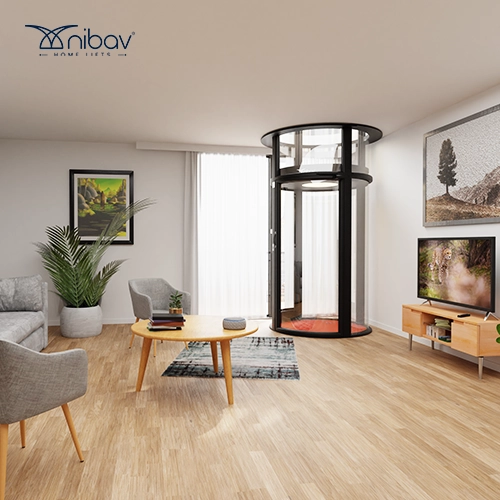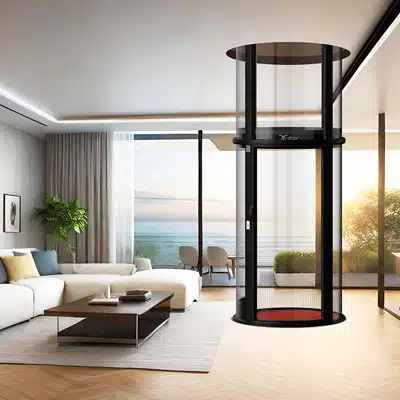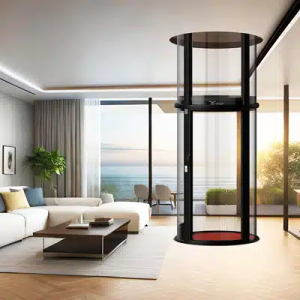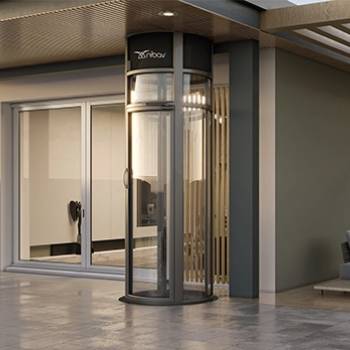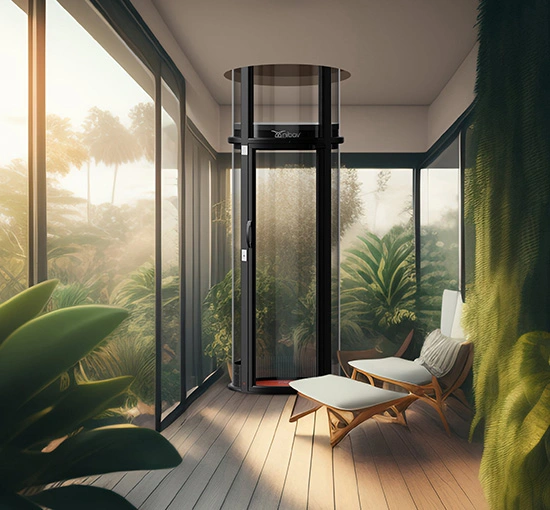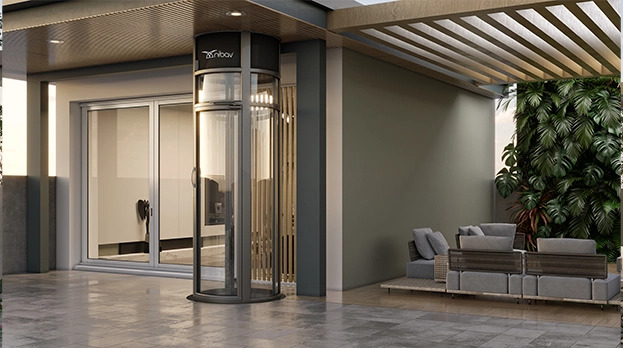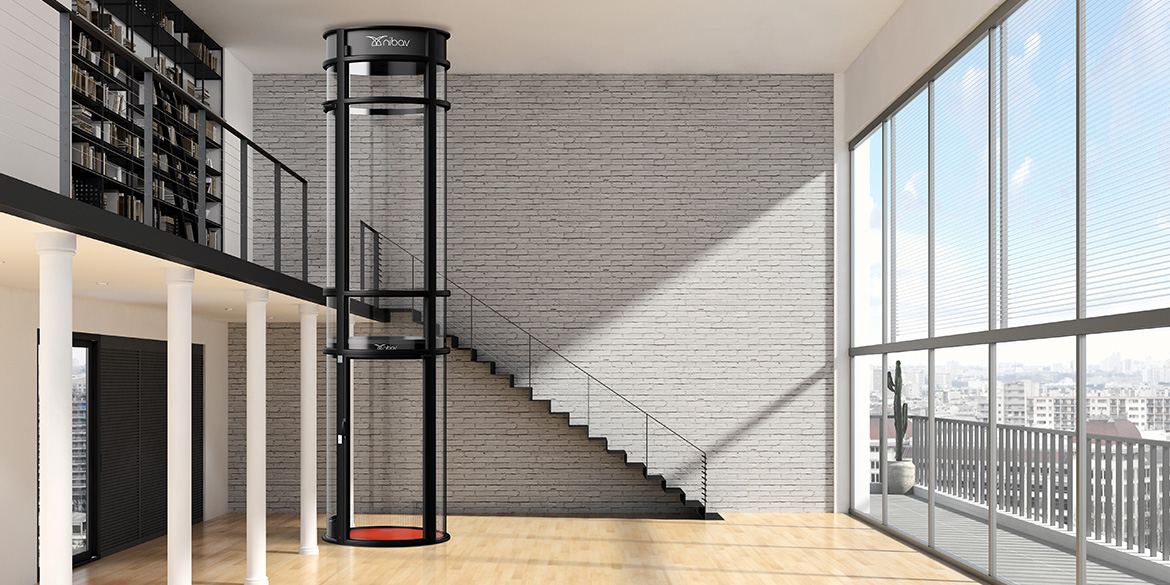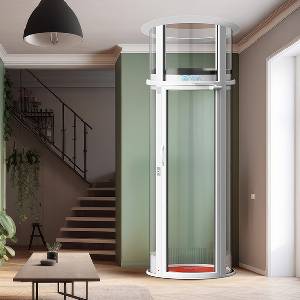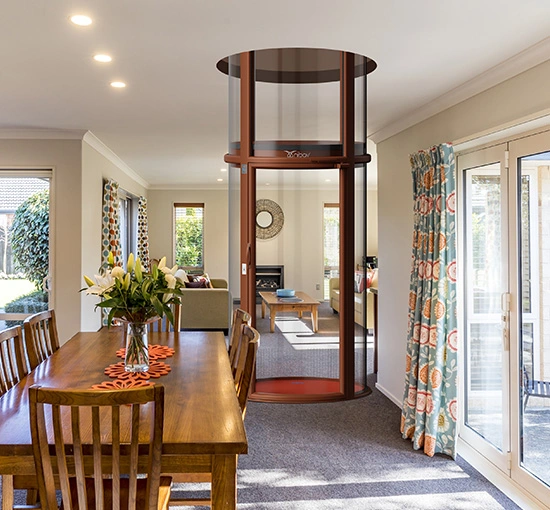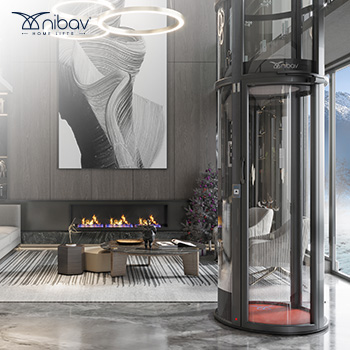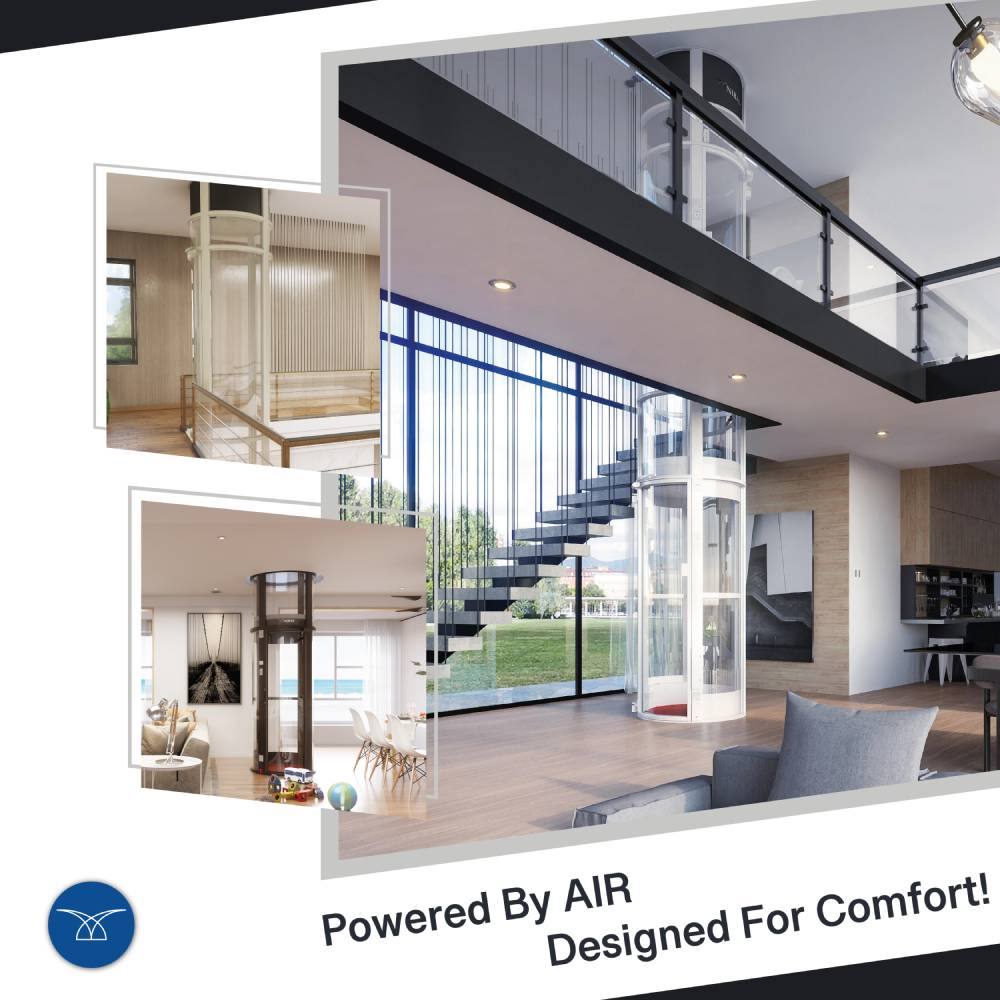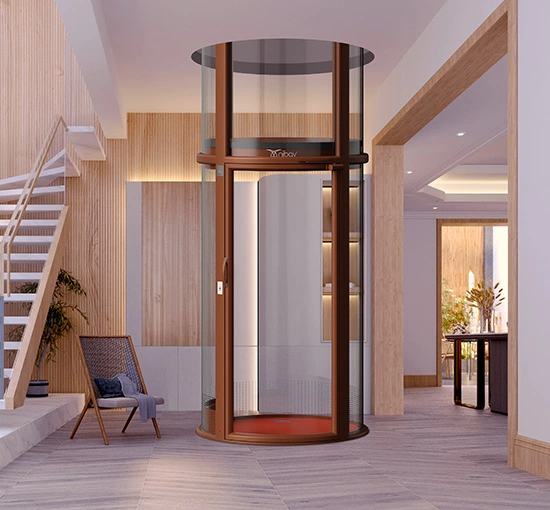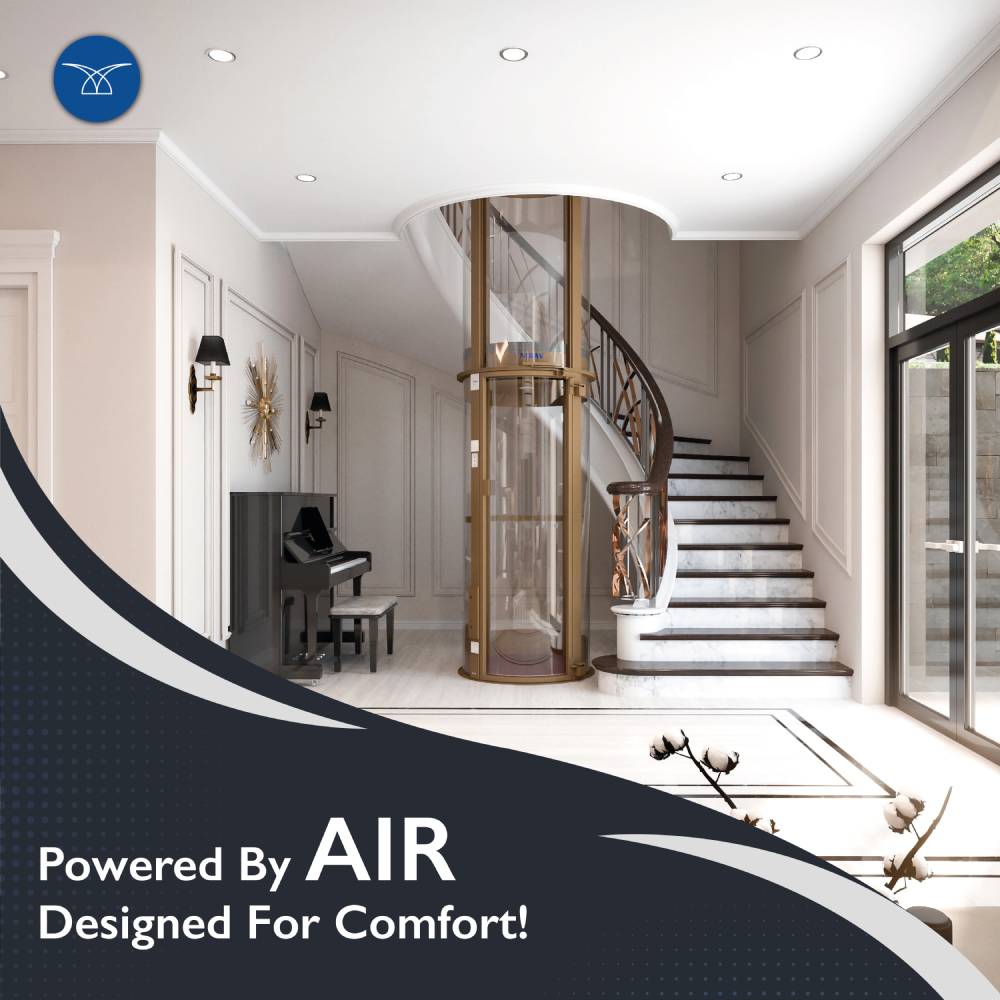Factors That Influence the 2-Person Home Elevator Cost in 2025
Factors That Influence the 2-Person Home Elevator Cost in 2025
As homeowners seek convenience, accessibility, and luxury, 2-person Home Elevators are becoming a popular addition to modern homes. Whether for aging in place, mobility assistance, or simply adding value to a property, these elevators provide a seamless way to move between floors. However, before investing, it’s crucial to understand the home elevator price and the factors influencing its cost in 2025.
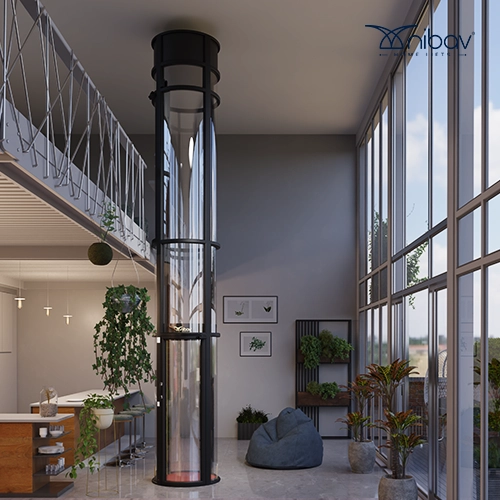
Factors Influencing the Cost of a 2-Person Home Elevator
The house elevator price varies based on multiple elements, including design, installation, safety features, and ongoing maintenance. Let’s explore the key factors that determine the total investment required for a 2-person residential elevator in 2025.
Customization and Design Features
The aesthetic appeal and customization options significantly impact the cost of a 2-person Home Elevator. Homeowners can choose from various materials, finishes, and designs to match their interiors.
- Cabin Materials: Glass, wood, stainless steel, or aluminum.
- Door Mechanism: Automatic sliding doors or manual swing doors.
- Lighting and Interiors: LED lighting, touchscreen panels, and personalized finishes.
- Panoramic Design: Elevators with glass walls offer a premium look but come at a higher price.
High-end customization will increase the home elevator price, whereas standard models offer a more budget-friendly option.
Safety Features and Technology Upgrades
Safety is a top priority when installing a 2-person residential elevator, and advanced security features can add to the overall cost. Some essential safety enhancements include:
- Emergency Battery Backup: Ensures functionality during power outages.
- Automatic Descent System: Allows the elevator to reach the nearest floor safely in case of failure.
- Child Safety Lock: Prevents unauthorized use.
- Smart Controls: Integration with home automation systems.
New technology trends, such as IoT-enabled monitoring and voice-activated controls, also add to the final house elevator price but enhance convenience and security.
Structural Modifications Required
The type of 2-Person Home Elevator chosen will determine the extent of structural changes needed. Some elevators require minimal modifications, while others demand significant adjustments, impacting installation costs.
- Machine Room vs. Machine-Room-Less (MRL): MRL elevators reduce space requirements and costs.
- Pit and Shaft Construction: Traditional elevators require a pit and shaft, increasing labor and material expenses.
- Retrofitting vs. New Construction: Installing an elevator in an existing home costs more than including one in a new build.
Installation Complexity and Labor Costs
The cost of installing a 2-person residential elevator depends on factors such as:
- Site Preparation: Structural modifications and electrical work.
- Labor Costs: Professional installation teams are required for safe assembly and compliance.
- Permits and Inspections: Regulatory requirements vary by location and can influence total costs.
Average Cost Range for 2-Person Elevators
In 2025, the cost of a 2-person Home Elevator will vary based on features, customization, and installation complexity. On average:
- Basic Models: $89,7000
- Mid-Range Options: $10,27,000
- Luxury & High-Tech Elevators: $11,57,000
These estimates include equipment and installation but exclude long-term maintenance costs.
Installation Costs and Considerations
Apart from the elevator unit, installation costs include:
- Construction Work: Modifying the home structure to accommodate the elevator.
- Electrical Wiring: Ensuring proper power supply and backup solutions.
- Permit Fees: Required by local building authorities.
Ongoing Costs and Maintenance
Owning a 2-person residential elevator comes with ongoing expenses such as:
- Routine Servicing: Maintenance contracts can cost $500 – $2,000 annually.
- Energy Consumption: Pneumatic elevators consume less energy, reducing long-term costs.
- Component Replacements: Occasional repairs for cables, hydraulic fluid, or control systems.
Financing Options
To make a 2-person Home Elevator more affordable, several financing options are available:
- Home Improvement Loans
- Personal Loans
- Payment Plans from Elevator Companies
- Government Grants for Accessibility (varies by region)
Is a 2-Person Elevator Worth the Investment?
For homeowners seeking comfort, accessibility, and increased property value, a 2-person residential elevator is a worthwhile investment. Beyond convenience, it provides long-term benefits such as:
- Enhanced Home Value – Elevators attract potential buyers.
- Aging in Place – Ensures mobility as homeowners grow older.
- Luxury and Convenience – Adds a modern touch to any home.
Conclusion
The home elevator price is influenced by various factors, including customization, safety features, structural modifications, and ongoing maintenance. Understanding these elements helps homeowners make an informed decision when investing in a 2-person Home Elevator. Whether for accessibility or luxury, the right elevator can provide a seamless living experience while enhancing the value of your home.
Interested in installing a 2-Person Home Elevator in 2025? Contact a trusted elevator provider today to explore your options and find the best solution for your home!


